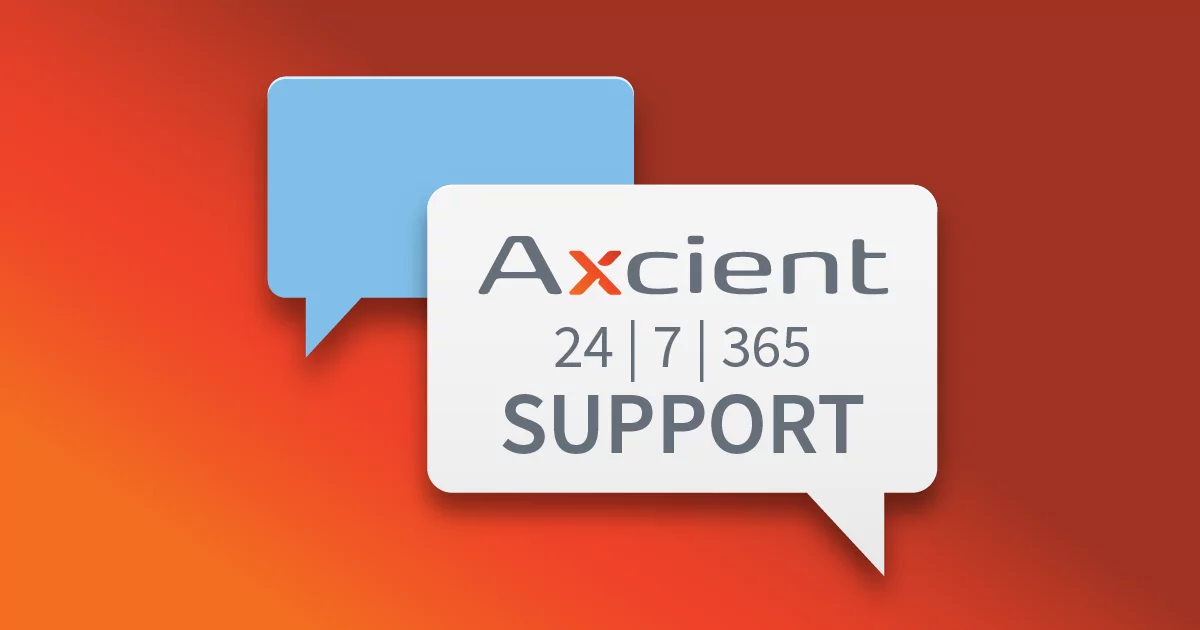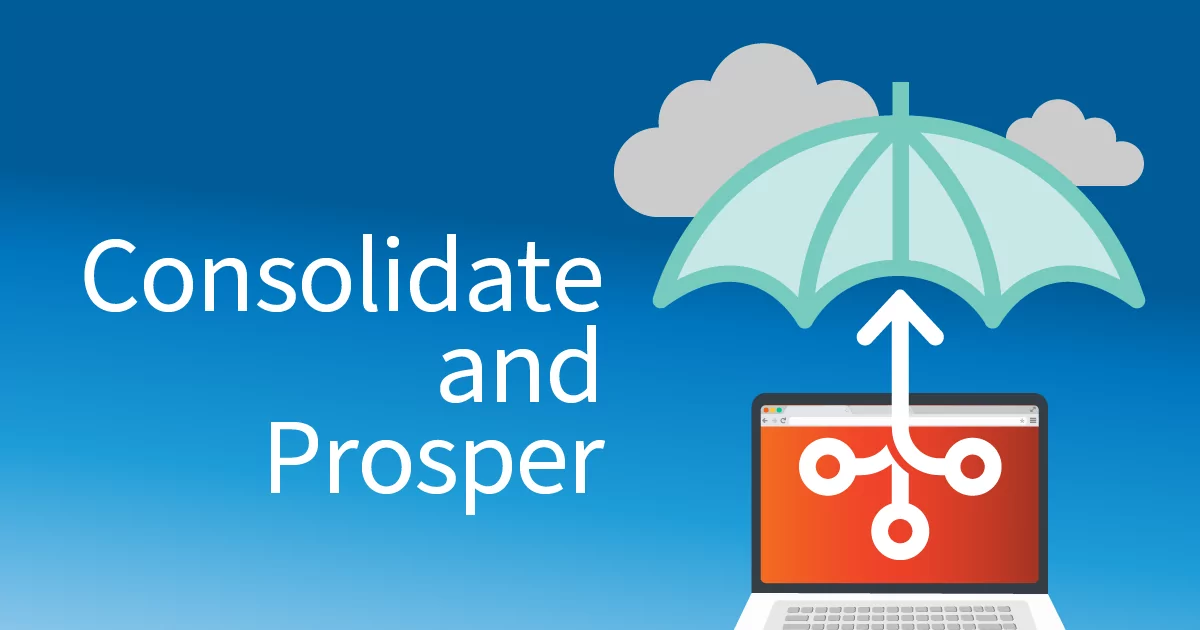
Are SMB Customers Thinking About Quitting Your MSP?
According to a recent survey of small to medium-sized businesses (SMBs), 23% say they would leave their MSP due to IT service quality issues. As SMBs reassess the value they’re getting from MSPs, MSPs need to consider how their vendors may be hurting or helping them to stay competitive in the channel.
In this article…
- Get a fresh perspective on what SMB customers need today to commit to your MSP long-term.
- See how these needs have changed in recent years and what MSPs can do to deliver.
- Reduce customer churn with three essentials for fulfilling customer needs and growing your business.
Table of Contents
What Do SMBs Want from MSPs?
In a 2022 SMB IT Security Needs Report, 750 SMBs from around the world were surveyed about their cybersecurity challenges and their relationships with their MSPs. Leverage the following findings to understand better what SMBs want and where MSPs are falling short.
- 96% of SMBs outsource at least some of their IT security to MSPs.
- Comprehensiveness of the IT security offering is the top factor SMBs consider when choosing a new provider.
- 23% of SMBs would leave their provider for IT service quality issues.
- 48% of SMBs complained about performance issues with devices – which was the top factor that would cause them to change providers.
- 33% of SMBs cited outages or unplanned system reboots as the second most influential factor for changing providers.
What’s always encouraging for MSPs and the channel is that most SMBs today rely on service providers for IT security. That ongoing demand for the services provided by MSPs means your business has consistent growth potential. At the same time, many providers are out there, and your MSP needs to stand out competitively. Understanding the implication of the statistics above can give you that edge in the market.
Above All Else, SMBs Want Business Continuity…
So, what do SMBs want from their MSPs? All-in-all, they want uninterrupted business continuity. They want their business to keep running, no matter what – ransomware and other types of malware, password-based attacks, or phishing.
Those are the top three threat vectors for SMBs, and as their MSP, it’s your job to secure their data despite these common occurrences. And they are common. Eighty-one percent of survey respondents experienced at least one security incident during the preceding 12 months. With those high numbers, it’s unsurprising that SMBs primarily focus on business continuity and data availability.
…And They Want It with Efficiency.
In previous years, SMBs have been less concerned with how MSPs protect their data and more focused on the result – e.g., “Can you keep my business keep moving despite any disruptions?” Today’s SMBs are more cybersecurity savvy and want their business continuity delivered efficiently – e.g., “How quickly can you get my business moving despite any disruptions?” SMBs are hip to the concept and cost of downtime and need reassurance that their MSP will deliver rapid and reliable recovery.
3 Ways to Reduce Customer Churn
Statistics like the ones cited in this survey represent a new shift in the channel that MSPs must recognize. Not only are SMBs becoming more invested and engaged in what their service providers are doing, but they are willing to walk away. To reduce customer churn – and therefore retain more of your existing customers – while also increasing net new customers, follow these three tips:
#1: Consolidate Your Stack
MSPs used to invite complexity into their stacks to satisfy disparate customer needs and gain new business. Today, the cost of that complexity is biting MSPs in the butt. The more vendors you have in your stack, the more solutions and vendors you have to manage. Labor costs go up along with confusion for your techs, overhead increases, and profits and margins plummet. Additionally, your SMB customers don’t want it.
Instead, they want a comprehensive, all-in-one security offering that simplifies recovery so they can avoid downtime. When disaster strikes, you want expert techs to restore data quickly. But with a multi-solution stack, technicians can’t become the experts your customers want because they have split their attention between various solutions. Consolidation is a win-win strategy for both your MSP and your SMB customers. You both gain peace of mind, and it’s a best practice for increasing operational maturity, which leads to higher profits through efficiency and customer retention.
#2: Reassess Your Vendors’ Capabilities
An MSP is only as good as its business continuity and disaster recovery (BCDR) vendor. You’re playing with fire if you still rely on backups alone, chain-based backups, or solutions requiring manual intervention. These legacy solutions aren’t equipped to deliver the robust cybersecurity protections and competitive recovery time objective (RTO) that SMBs expect. Furthermore, solutions lacking data security automation, portal usability, and feature innovation pale compared to the modern efficiencies now available for BCDR.
Remember, SMBs are willing to leave their providers for IT service quality issues, device performance issues, outages, and unplanned system reboots. To avoid these disruptions and maintain positive customer relationships, ensure your BCDR solution gives you these critical capabilities. They will enable you to deliver the services customers expect and support the operational efficiency necessary to grow profitability.
- Multiple deployment options within a single vendor’s consolidated solution, including endpoint backup, hardware-free BDR, full-service BDR, and public or private cloud.
- Chain-Free image-based backups solve for data bloat without any of the pains of chains – no reseeding or consolidation – for near-instant recovery.
- Anti-data deletion technology separates data deletion requests from the actual mechanics of data deletion to protect against ransomware, other cyberattacks, and accidental deletion.
- Automatic backup integrity tests run daily on protected systems, with verification and proactive alerting to eliminate “backup burn” and time-consuming manual verification.
- Self-managed disaster recovery and DR testing let you temporarily virtualize one or more systems in the cloud to replace all impacted protection infrastructure for business availability.
#3: Don’t Be Afraid to Make a Switch
Your customers aren’t afraid to leave you in favor of a better cybersecurity solution because their business depends on it. Similarly, your business depends on your ability to provide the cybersecurity solutions SMBs need. If your current BCDR vendor is lacking the critical capabilities outlined above, or their prices are too high for customers to justify, or recent mergers and acquisitions are impacting support, or they’re not dedicated to solving the problems of MSPs and your SMB customers – it’s time to explore your options.
Yes, implementing a new BCDR solution may feel overwhelming. The process can be long, and you will incur additional costs during the migration. However, the ROI on a solution that delivers for your current customers, attracts new prospects, provides cybersecurity peace of mind, and requires fewer resources to manage, could save you more than $10,000 a month versus what you’re paying now. It doesn’t hurt to explore the channel for solutions better suited to your customers. But you could be wasting time, money, and resources on a solution you’ve outgrown.
Ready for the Next Steps?
Now that you know how to reduce customer churn based on SMB needs and wants, we want to help you implement these changes. Utilize the following free resources to take the next step toward business expansion…
Author
Related posts
How well could you sleep with reliable cloud-based backups and recovery?
Take a deep dive into Axcient’s proprietary, automated security features to see how we’re ensuring uninterrupted business continuity — no matter what:




